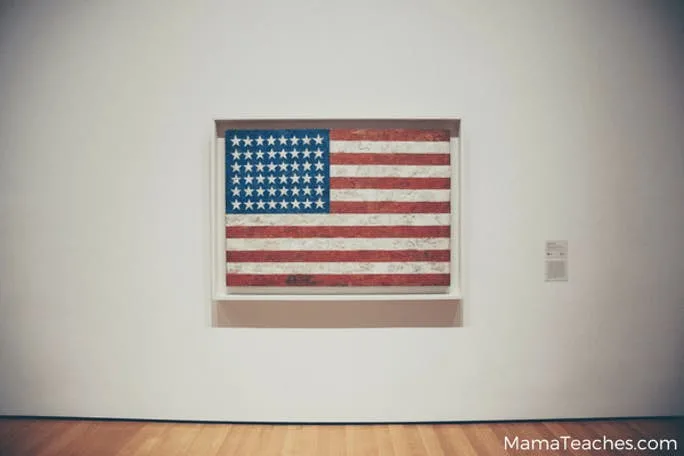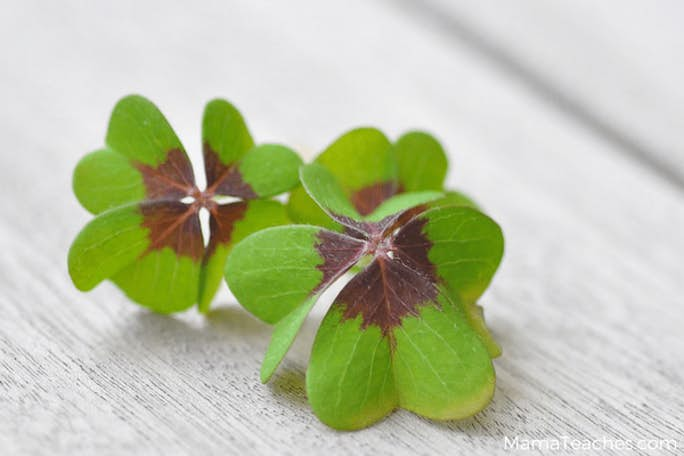Revolutionary War?
Check. Civil War?
Check. War of 1812?
Um…what is that again?
Teaching the War of 1812 couldn’t be simpler with these facts and ideas.

This article contains affiliate links to things that you might like.
What Was the War of 1812?
If all you know about the War of 1812 is that it was fought in, well, 1812, you have a great start.
The War of 1812 was fought between the United States and Great Britain.
It is sometimes called “The Second War for Independence.”
What Caused It
The War of 1812 took place less than fifty years after the Revolutionary War–when Americans fought the British for the first time.
Feelings between the two countries were strained.
Then Great Britain went to war with France (America’s ally from the Revolutionary War).
The British did not want the US to help the French in any way.
They placed trade restrictions on the US, not wanting them to trade with France.
In addition to the trade restrictions (the Americans did not like being told what to do!), the British captured US trading ships.
They offloaded the American sailors and forced them to join the Royal Navy instead!
Lastly, Great Britain did not want the US to expand west into potentially more of British territory (Canada belonged to the British at that time).
The British supported Native Americans in their fight to defend their land from US expansion.
Under these swirling pressures, American President James Madison signed a Declaration of War on June 18, 1812.
The War of 1812 had begun.

Who Was Involved
Here are some of the major players in the War of 1812:
- President James Madison (the man who drafted the US Constitution) was president during this war.
- Famous American Military Leaders included Andrew Jackson, Henry Dearborn, Winfield Scott, and William Henry Harrison. Do any of those names sound familiar? Two of them (Jackson and Harrison) went on to become US presidents.
- George IV, Prince Regent of England, ruled Great Britain during the war. Although his father George III was technically still king, the king had transferred ruling power to his son in 1811.
- Famous British Leaders included Robert Jenkinson, Prime Minister of Great Britain, and several military leaders: Isaac Brock (nicknamed “The Hero of Upper Canada”), Gordon Drummond (Governor of Canada), and Charles de Salaberry.
- Indigenous leaders were also pivotal in this conflict. Tenskwatawa from the Shawnee tribe led a revival to unite Native American tribes against invasion by Americans. His coalition fought alongside the British. His older brother Tecumseh was the best-known military leader of this coalition; his skill as a commander and orator are legendary. Mookomaanish (Little Knife), a chief of the Odawa tribe in Canada, also fought for the British side.
Battles and Fights
When teaching the War of 1812 for kids, don’t leave out the exciting battles!
- The Battle of Detroit, in the summer of 1812, was a stunning victory for the British. It was a humiliating loss for the Americans and halted their plans to invade Canada.
- The Battle of Bladensburgh resulted in the defeat of the Maryland militia. British troops marched into Washington DC and burned the US Capitol and presidential mansion. First Lady Dolley Madison rescued George Washington’s portrait from the flames. Famously she cried, “Save that picture if possible. If not possible, destroy it. Under no circumstances allow it to fall into the hands of the British!”
- The Battle of Plattsburgh in September of 1814 was one of the war’s largest naval engagements. A note: Although African-Americans were not officially allowed to serve in the US army, many joined the navy and fought in the war.
- The Battle of Baltimore lasted for three days in September of 1814. The British ships bombarded Fort McHenry in an effort to make their way into Baltimore. They failed, and the British were forced to withdraw. This was a turning point in the war.
- The Battle of New Orleans was the final major battle in the War of 1812. Astoundingly, a peace treaty had been signed before the battle–but the news of it had not yet reached New Orleans! US General Andrew Jackson and his troops were the victors.

What the Outcome Was
On December 24, 1814, the US and Great Britain signed a peace treaty called the Treaty of Ghent, named after the city in Belgium where it was signed.
The war ended in a stalemate with neither side winning.
No borders were changed as a result of the war.
However, the end of the war did bring about long-term peace between the US and Great Britain.
It also brought about the “Era of Good Feelings” in the US.
Why It Is Important in American History
The War of 1812 led to great change.
- A Stable Relationship. After the war, the United States, Canada, and Great Britain were on peaceable terms. Everyone benefited from increased trade and stability.
- A Loss of Footing. Since the coalition under Tecumseh and Tenskwatawa had dissolved, Native Americans lost their main request to be a recognized nation in North America.
- Technological Advancement. Steamships and steam-powered train engines became widespread during the war, and machines running on steam would be the foundation of technology for the nineteenth century.
- An Increase in Tension. In general, Northern factory-owners did not want to enter the war and jeopardize their businesses. Southerners, however, remembered France’s help from the Revolutionary War and pushed to fight the British. Already the stage was being set for the Civil War.

Lapbook Activity
Rather than asking Google to give your kids a history lesson, lapbooks interactively present the War of 1812 for kids.
This one requires only a file folder, glue, scissors, and coloring supplies and is perfect for upper elementary.
Your kids can read, cut, paste, and color their way to essential knowledge of the War of 1812.
Multimedia Ideas
Teaching the War of 1812 can involve a little music.
“The Star Spangled Banner” was penned by Francis Scott Key when the British bombed Fort McHenry all night, but in the morning, “the flag was still there.”
Another song associated with the War, “The 1812 Overture,” was actually penned by Russian composer Tchaikovsky over fifty years later.
The end of the song features the sounds of canons and is a favorite accompaniment to fireworks displays.
The War of 1812 Museum is located in Plattsburgh, NY, and focuses on this defining battle of the war.
The museum offers downloadable lesson plans on the Battle of Plattsburgh, the American flag, the Star Spangled Banner, and women’s roles in the war.
Even if you don’t live in Ottawa near the Canadian War Museum, you can still tour their amazing War of 1812 Exhibition online.
This virtual tour can be taken through four different perspectives: The Americans, the British, the Canadians (including Candian First Peoples), and the Native Americans.
Teaching the war of 1812
The War of 1812 doesn’t deserve to be remembered only by its year and the fact that it was sandwiched between two famous wars.
It is a pivotal event in American history that can capture the wonder of your kids.


